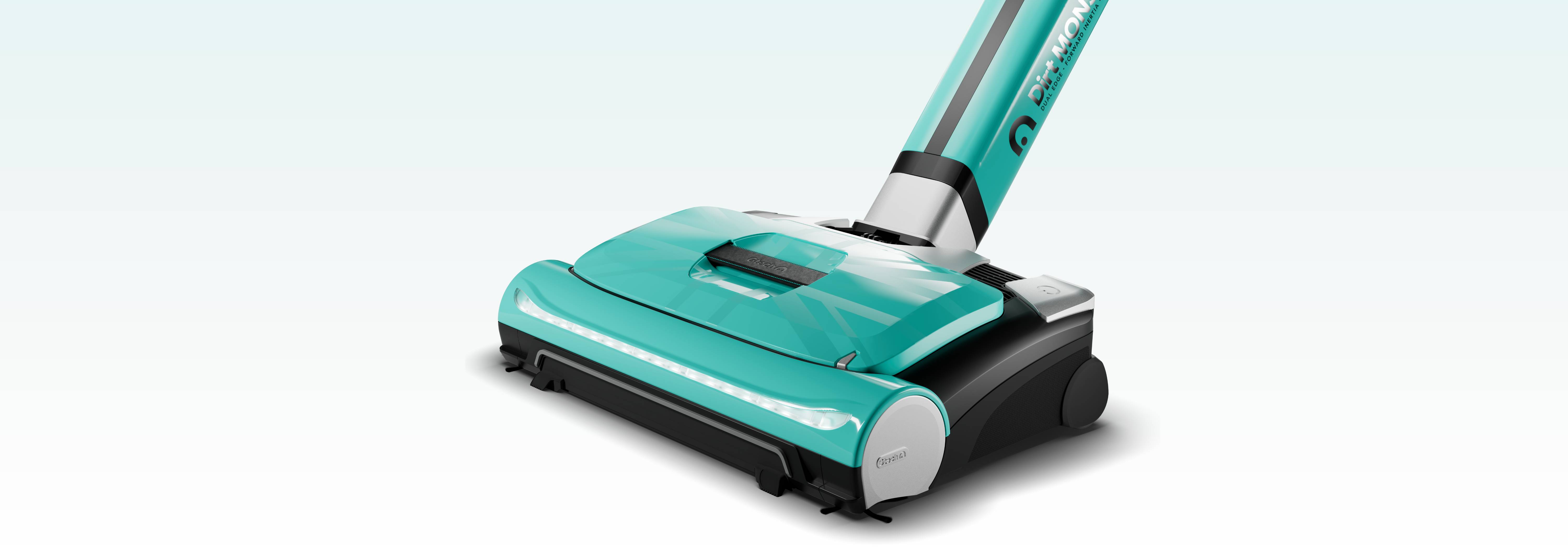Whether you’re neatening up a small front garden or tackling a towering hedge at the back of your property, knowing how to trim hedges and bushes properly can make a world of difference.
In this guide, we’ll walk you through everything you need to know, from which hedge trimmers and tools to choose, to the best time of year to cut. Whether it’s your first time or you’re simply brushing up on the basics, we’ve got you covered!
What hedge trimming equipment do I need?
From light bush or hedge trimming to the more drastic hedge removal, you’re going to need different garden tools to get each job done properly:
- Secateurs: Also known as pruning shears, secateurs are basically scissors you use in the garden. They are ideal for the little hedge cutting and bush trimming tasks, taking just a bit off to smarten them up. Secateurs are perfect for branches up to 2cm thick.
- Loppers: Loppers are essentially long handled secateurs, but capable of tackling thicker branches. The longer the handles, the less effort you have to put in yourself. Use loppers for any branches up to around 5cm in diameter.
- Curved saw: For thicker branches, use a saw with a curved blade. For best results, do long, slow strokes – making use of the whole blade. Even the thickest branches won’t stand a chance.
- Shears: Think of your shears as a bigger version of scissors, great for the more intensive hedge cutting task, like cutting back overgrown hedges.
- Hedge trimmers: Unlike the other tools, hedge trimmers are devices designed to make hedge trimming easy. Their steel blades are powered by electricity, petrol, or batteries, making them perfect for tidying up your largest hedges and bushes.
How to trim hedges and bushes
With your tools ready, it’s time to get stuck in. But before you start snipping, it's important to keep a few key tips in mind.
For example, you should check for signs of nesting wildlife, as disturbing or destroying an active nest is a criminal offence (be sure to read more about hedge trimming laws if you’re unsure). You should also feed the base of your shrubs with compost or a slow-release fertiliser before trimming, particularly at the start of the growing season.
1. Start with a plan
Before you even lift your shears or turn on your trimmer, take a moment to assess the shape and size of the hedge or bush you're about to trim. If it’s a formal hedge, aim for a clean and symmetrical finish. For informal hedges, it’s more about maintaining natural shape while encouraging healthy regrowth. Also make note of any overgrown or misshapen areas you want to target first.
2. Trim from the top down
Once you’re ready to start, begin at the top of your hedge. This gives you a flat reference point and helps guide the rest of the trim. Work slowly and evenly, keeping your blade parallel to the top of the hedge. If your hedge is tall, use a trimmer with an adjustable cutting head to make the job easier and safer.
TOP TIP: Struggling to keep a straight line? Simply attach a string to two wooden stakes. Drive them into the ground at either end of the hedgerow to give yourself clear boundary lines.
3. Move on to the sides
With the top now level, it’s time to shape the sides. For best results, cut so the base of the hedge is slightly wider than the top. This classic tapered shape lets sunlight reach the lower branches, promoting even growth and a fuller appearance.
Use wide, sweeping movements and don’t rush - this is where a smooth, consistent finish makes all the difference.
4. Clear away clippings and step back
Once the hedge trimming is done, clear away any fallen clippings from around the base. This prevents rot and gives you a clean finish. Step back and look at your work from a few angles to spot any uneven areas. If necessary, a final tidy-up with hand shears or secateurs can help polish off the look.
When can I cut my hedge?
There isn’t really a specific hedge cutting season, rather it’s best to cut hedges when they need it. However, you may want to cut your formal hedges at least twice a year. Typically, the best time to cut a formal hedge is once in the spring or early summer, and again in September to prepare for autumn and winter.
However, informal hedges won’t need doing as often, so give them a tidy-up in July or August. It’s best to avoid hedge cutting or bush trimming in rainy weather, especially if you’re using electric hedge trimmers. Always take on these tasks in dry weather, preferably when it’s not too hot as well to avoid exhaustion.
When should I cut a beech hedge?
While there’s no real hedge cutting season for informal and formal hedges, there is a best time to cut a beech hedge. Ideally, you want to cut a beech hedge in late summer, around August time is usually best. That’s because cutting a beech hedge at that time of year helps leaf retention in the winter – keeping your beech hedge full and healthy all year round!
Hedge trimming tips FAQs
How do I trim informal bushes?
Informal hedges tend to have a softer, more natural shape. They don’t require trimming as often, but you should still prune them after flowering to encourage healthy regrowth. Hand tools work best for light trimming, and you can leave longer gaps between cuts if you prefer a more relaxed look.
How do I trim formal bushes?
Formal hedges are neat and structured, often marking garden boundaries. For the best results, use an electric trimmer and keep your lines straight and sharp. Start with the top, then trim the sides, creating a gentle taper from base to top. This allows sunlight to reach the whole plant and promotes even, healthy growth.
How do I trim tall and overgrown hedges?
Overgrown hedges can be intimidating, but breaking the job down helps. Start by trimming the sides, then tackle the top. Use a hedge trimmer with an adjustable head to stay in control - and then work methodically across the surface. In fact, our HT50 Hedge Trimmer is ideal for taller hedges, with a 135° adjustable head and precision blades to handle thicker stems with ease.
How do I trim hedges with electric trimmers?
To get a clean, professional look with an electric hedge trimmer, keep the blade parallel to the hedge and use wide, sweeping motions. Always trim so the base is wider than the top. Don’t forget to wear gloves, goggles, and non-slip shoes to stay safe, and only work in dry conditions.
Now you know how to trim a hedge, you might be looking for more gardening top tips like how to make your own compost or how to use a leaf blower with ease. For all your gardening needs, head over to our blog. Or, if you’re looking for the right tools for the job, explore our cordless hedge trimmers collection.




